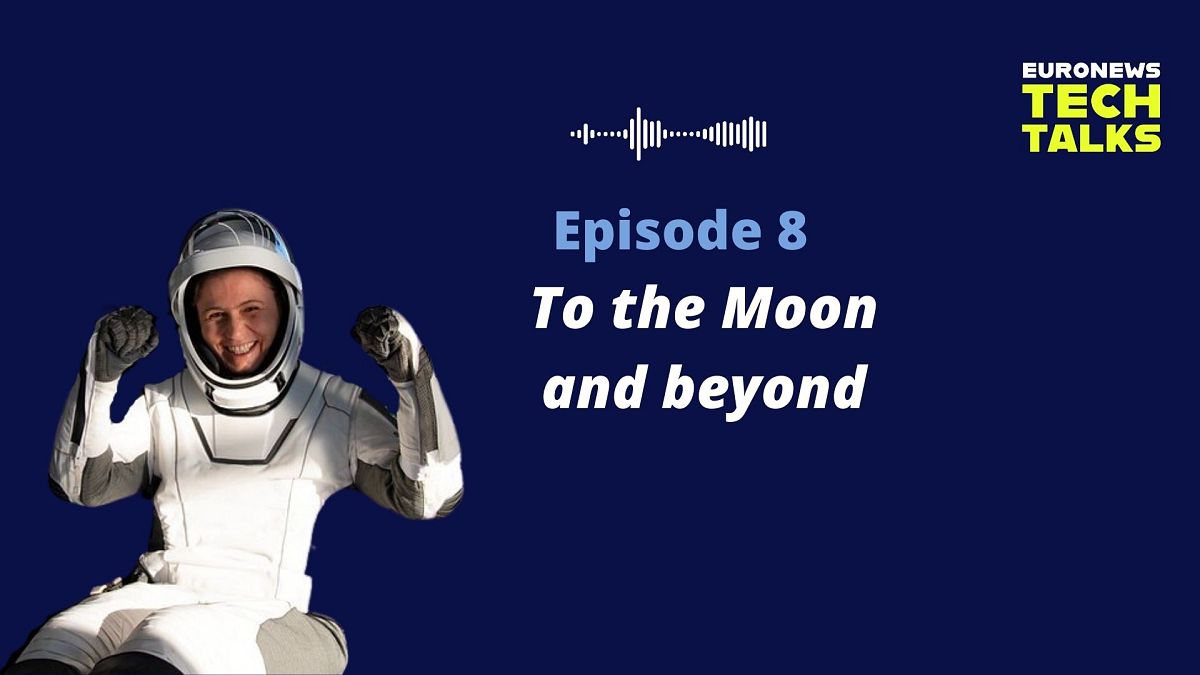While in conversation with ESA astronaut Samantha Cristoforetti and Lead for Life Sciences, Angelique Van Ombergen, India made history by becoming the first country to land near the lunar south pole, where scientists have a hunch there's a large supply of water ice.
With that space exploration milestone in the backdrop, we envisioned a near future with the Lunar Gateway already operational, serving as the first international station on the moon, as we delved into a captivating topic: Can humans feasibly hibernate for long-duration space travel?
ESA Astronaut Samantha Cristoforetti made history as the first European woman to conduct a spacewalk and assume command of the International Space Station (ISS). We discussed with her the reasons behind the growing interest in the south pole of the Moon.
Plus with ESA's Lead for Life Sciences, Angelique Van Ombergen, we discussed the possibility of inducing hibernation in humans for long-duration space travel.
How will a round-trip to the Moon with the Lunar Gateway look?
The Lunar Gateway is a planned outpost for astronauts that will orbit the Moon. It is a key component of the collaborative Artemis program, which aims to return humans to the Moon and establish a sustainable presence there.
In her interview, Cristoforetti highlighted the Gateway's distinctive features compared to the ISS. The Gateway is a smaller station for a crew of four, primarily international astronauts, launching aboard the Orion spacecraft with ESA's European Service Module. She imagines the journey to the Gateway will take several days, orbiting the moon for about seven days before docking.
She also pictures some of the crew's activities including moon surface missions, conducting extravehicular activities, and collecting samples.
Looking ahead, Cristoforetti hinted at the possibility of additional lunar facilities, extending human presence on the moon.
Can humans feasibly hibernate for extended space travel purposes?
The essence of hibernation lies in decelerating the body's vital processes while upholding its fundamental functions. This entails the regulation of body temperature to induce a state of reduced metabolism. Put simply, you require less food.
Numerous mammals, such as bears, bats, and hedgehogs can hibernate to endure winter and overcome food scarcity. Could this inclination to hibernate also be ingrained within our mammalian nature?
According to Angelique Van Ombergen, hibernation "can be inherently or intrinsically introduced where basically you're going to reduce the metabolic state of an organism".
She adds: "This means you need also less water, you need less food. So basically you can cut down the resources significantly. And from a space perspective this is very interesting."









